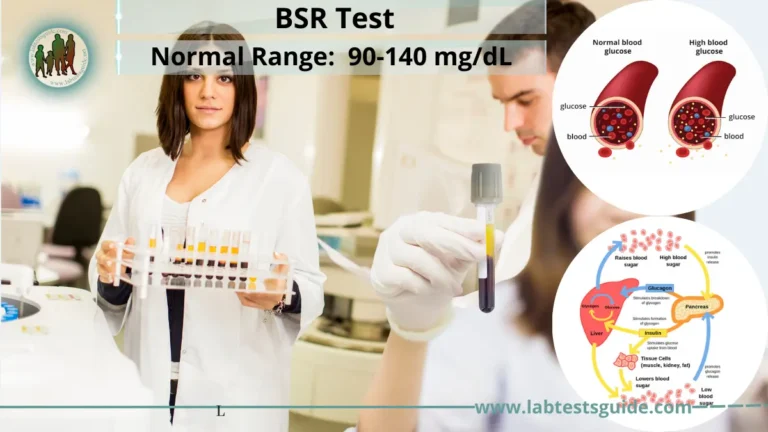Antinuclear antibodies are autoantibodies that bind to contents of the cell nucleus. In normal individuals, the immune system produces antibodies to foreign proteins (antigens) but not to human proteins (autoantigens). In some individuals, antibodies to human antigens are produced.

| Also Known As | ANA, Fluorescent Antinuclear Antibody, FANA, Antinuclear Antibody Screen, ANF, Antinuclear Factor |
| Type | Blood Test |
| Purpose | Detect Autoimmune Disorders |
| Sample Type | Blood Sample |
| Preparation | None required |
| Fasting | Not required |
| Gender | All genders |
| Age Group | All age groups |
| Normal Value | Negative (No ANA present) |
Sample Required:
- This test is done on the serum of the patient.
- How to get good serum: Take 3 to 5 ml of blood in the disposable syringe or in vacutainer. Keep the syringe for 15 to 30 minutes at 37 °C and then centrifuge for 2 to 4 minutes to get clear serum.
- No fasting or preparation is required.
Why Get Tested :
- For the diagnosis of Systemic lupus erythematosus (SLE).
- Positive in other autoimmune diseases.
How to Diagnose :
- Indirect immunofluorescence, where the patient serum (antibody) has combined with the cells.
- EIA technique may replace the indirect immunofluorescence.
- ANA has a sensitivity of 99%. A negative ANA test almost excludes the active SLE.
- This test may be positive in unrelated diseases of the patients.
- Around 20% of the normal population has a titer of 1:40.
- Around 5% of the normal population may have a titer of 1:160
- When cutoff titer is 1:40 then specificity is around 80%.
- When the cutoff value is 1:160, then specificity is around 95%.
- ANA is nonspecific, individual with increasing age show a false positive result.
- 50% positive by the age of 80 years with a low titer.
Normal Value :
- These are negative.
- Negative at 1:20 dilution.
- When done with a dilution of the serum then titer of more than 1:32 is positive.
Positive or increased level seen in:
- SLE.
- Rheumatoid arthritis.
- Polyarteritis Nodosa
- Dermatomyositis.
- Sjogren’s syndrome.
- Other autoimmune diseases.
- Cirrhosis.
- Chronic hepatitis.
- Leukemia.
- Scleroderma.
- Multiple sclerosis.
- Infections.
- Malignancies.
- Fibromyalgia.
Possible References Used






